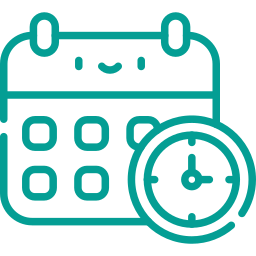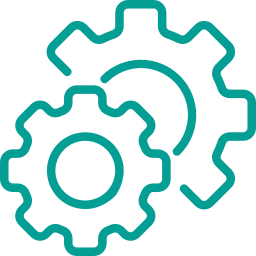Peripheral Nerve Stimulation (PNS)
We understand how challenging chronic pain, such as sciatica or pain from previous surgeries, can be in your daily life. One of the most cutting edge transformative treatments we offer is Peripheral Nerve Stimulation (PNS)—an advanced therapy that has helped many individuals manage pain when traditional treatments have failed.

What is Peripheral Nerve Stimulation (PNS)?
Peripheral Nerve Stimulation (PNS) is a cutting-edge treatment that helps people with chronic pain by using tiny electrical signals to change how their nerves send pain messages to the brain. A small wire, called an electrode, is placed near the nerve that causes pain and sends gentle pulses to the nerve to block pain signals. This advanced technology is a big step forward in pain management because it can reduce the need for medications and improve quality of life. PNS is used for many types of pain, like nerve pain after surgery or pain in the back, arms, or legs, giving patients a modern, safe, and adjustable way to find relief.
What Conditions Can Be Treated?
PNS is used to manage a variety of chronic pain conditions, including:
- Neuropathic pain (nerve-related pain from injury or disease)
- Complex regional pain syndrome (CRPS)
- Post-surgical pain (such as pain after hernia repair or joint surgery)
- Lower back pain (especially when nerve-related)
- Phantom limb pain (pain felt in an amputated limb)
- Headaches and migraines (in select cases)
What to Expect During the Procedure?
Step-by-Step Process:
1

Consultation and Evaluation
A pain specialist will assess your condition to determine if PNS is appropriate for you.
2

Trial Phase
A temporary electrode is implanted near the targeted nerve and connected to an external stimulator to test its effectiveness over several days.
3

Permanent Implantation
If the trial is successful, a small device (similar to a pacemaker) is implanted under the skin. The device delivers electrical pulses to the nerve.
4

Recovery and Adjustment
The patient can adjust the stimulation settings using a remote control, and follow-up visits ensure optimal results.
Advantages of Spinal Cord Stimulation
Minimally invasive
No major surgery required
Reduces the need for medication
May lower dependency on opioids and other pain relievers
Adjustable treatment
Patients can control the stimulation levels
Fewer side effects
Compared to systemic pain medications
Improved quality of life
Helps restore mobility and function
What Are the Risks or Side Effects of Peripheral Nerve Stimulation?
Although PNS is generally safe, potential risks and side effects include:
- Risk of infection at the implantation site.
- Nerve irritation or discomfort
- Device malfunction or displacement
- Temporary pain during the healing process
- Allergic reaction to implant materials (rare)
These risks will be thoroughly discussed during your consultation appointment.
F.A.Q
General Questions
No, PNS targets peripheral nerves outside the spinal cord, whereas SCS focuses on the spinal cord itself.
The trial phase usually lasts about a week, and the permanent implantation takes about 1-2 hours.
Most patients feel a mild tingling sensation, which can be adjusted for comfort.
The battery life varies but typically lasts several years before needing replacement.
Many insurance plans, including Medicare, cover PNS if deemed medically necessary.
Share this page:
Facebook
LinkedIn
Twitter
